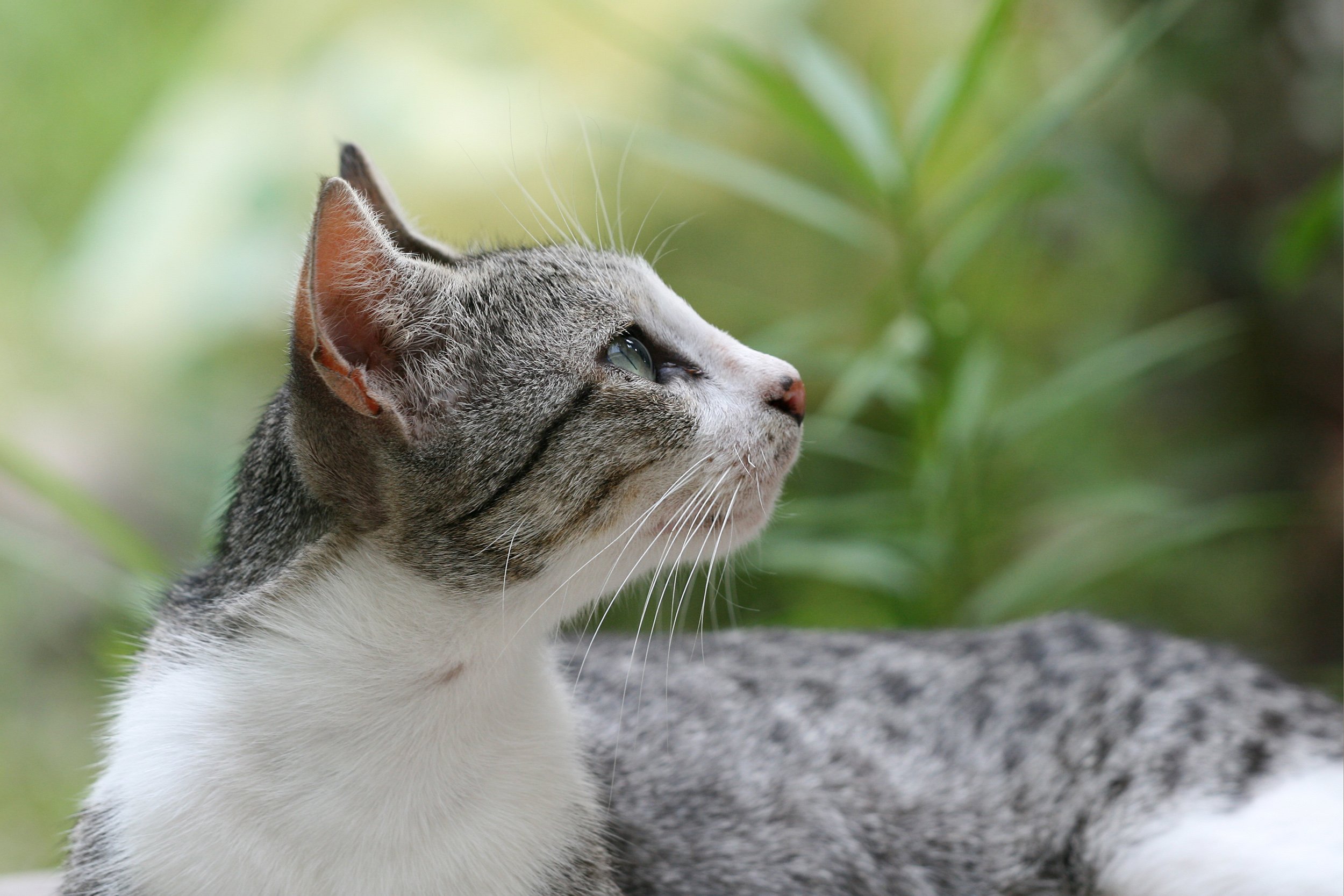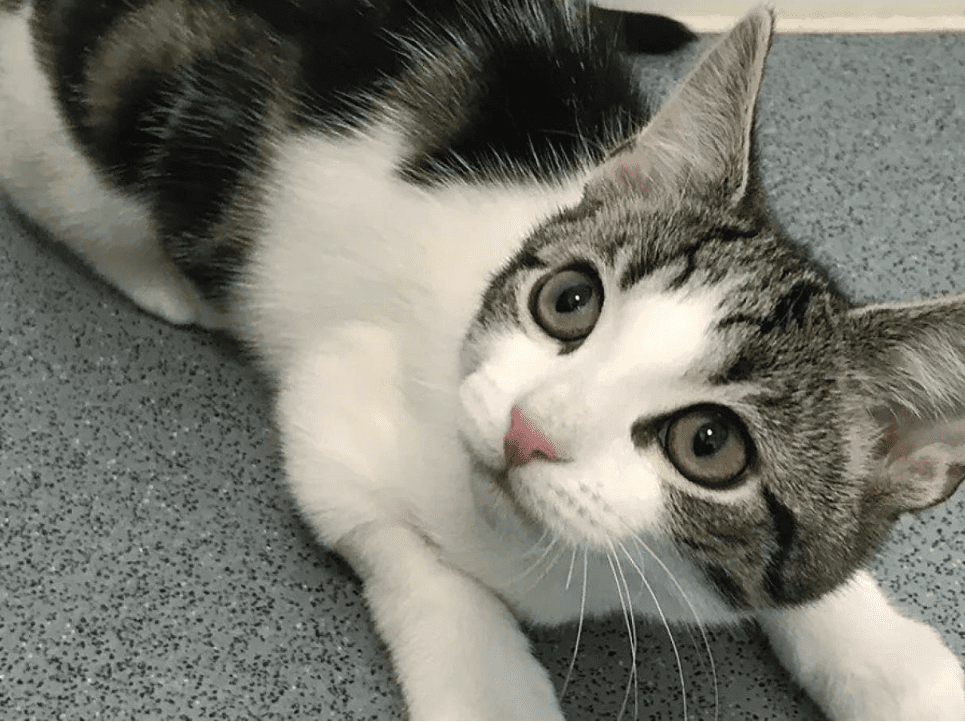Cats change their behavior when they hear their owner’s voice speaking in a tone directed at them.
In a series of experiments on 16 house cats, researchers showed that domestic cats recognize the voice of their owners. They also behave differently when their owners speak to them, as opposed to when another person speaks.
The study of 16 cats, published in the journal Animal Cognition, adds to evidence that cats can form strong bonds with their owners.
It is known that the tone of human speech varies depending on who it is directed to, for example when talking to babies or dogs. Previous studies have shown that the tone of human speech changes when directed at cats, but less is known about how cats respond.
- In Less Than a Second, a Single Laser and Chip May Transmit the Whole Internet
- Say Law, Is it still working ?
Charlotte de Mouzon and colleagues investigated how 16 cats responded to pre-recorded voices of both their owners and a stranger speaking in cat- and adult-directed tones.
The researchers investigated three conditions: The first condition was to change the speaker’s voice from that of a stranger to that of the cat’s owner. The second and third conditions were to change the tone (cat-oriented or adult-oriented) used for the cat’s owner or a stranger’s voice, respectively.
The researchers recorded and rated the behavioral intensity of cats responding to the voice, controlling for behaviors such as listening, ear movement, pupil dilation and tail movement, among others.
In the first case, 10 out of 16 cats showed a reduction in behavioral intensity as they heard three recordings of a stranger’s voice calling them by name. However, when they heard the owner’s voice, behavioral intensity increased significantly again.
The cats exhibited behaviors such as turning their ears to the speakers, moving more around the room and dilating their pupils when they heard their owner’s voice. The researchers suggest that the sudden rebound in behavior indicates that the cats were able to distinguish their owner’s voice from that of a stranger.
In the second condition, 10 cats (8 were the same as in the first condition) reduced their behavior when they heard the owner’s voice in an adult-oriented tone, but significantly increased their behavior when they heard the owner’s voice in a cat-oriented tone.
In the third condition, the change in behavioral intensity was not found when a stranger spoke in an adult-directed and cat-directed tone.
The researchers observed that the cats were able to distinguish when their owner was speaking in a cat-directed tone compared to an adult-directed tone, but did not respond differently when a stranger changed the tone.
The small sample size used in this study may not be representative of all cat behaviors, but the researchers suggest that future research could investigate whether their findings can be replicated in more socialized cats accustomed to interacting with strangers.
The researchers suggest that their findings bring a new dimension to cat-human relationships, with feline communication potentially based on the experience of the speaker’s voice. They conclude that one-to-one relationships are important for cats and humans to form strong bonds.
Springer. October 24, 2022.
Article: de Mouzon, C., Gonthier, M. & Leboucher, G. (2022). Discrimination of cat-directed speech from human-directed speech in a population of indoor companion cats (Felis catus). Anim Cogn.




